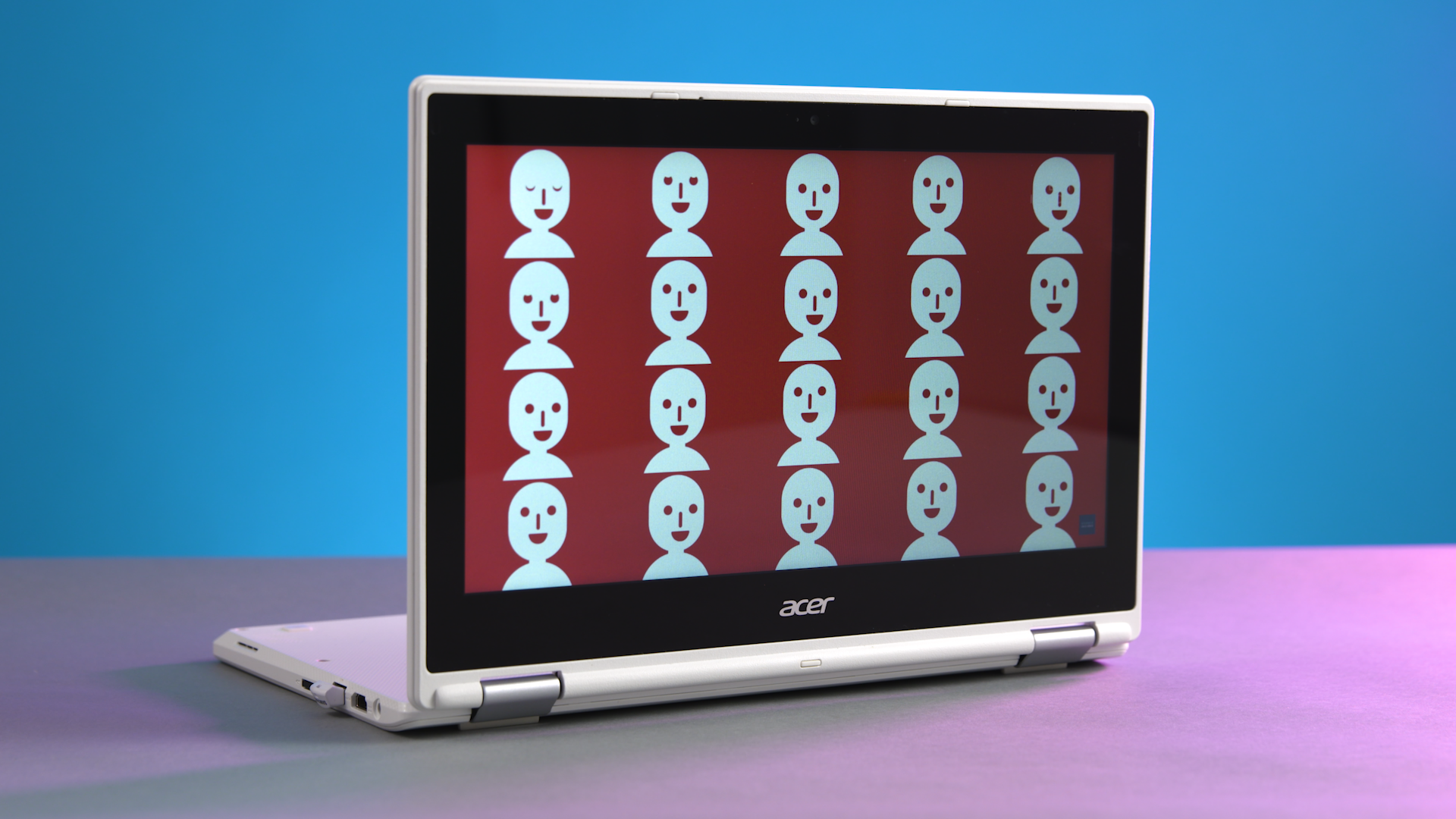- If you’re not sure what laptop you should buy, it’s worth considering a model with a touch screen.
- Both Microsoft and Google have made a big push towards supporting touch on their devices. But Apple hasn’t added a touch screen to any of its Macs.
- Touch screen laptops are more common than ever thanks to 2-in-1, or convertible, and hybrid laptops.
- Touch screens on laptops have come a long way but they’re still held back by several hardware and software issues.
Following is a transcript of the video.
If you bought a laptop in the last five years, you’ve probably had to decide between a model that had a touch screen and one that didn’t. Some people love touch screens, others don’t see the point. Touch screen laptops have come a long way, and they’re finally starting to become mainstream, but there are still a bunch of issues holding them back.
Both Microsoft and Google have made a big push towards including touch on their laptops. Apple, on the other hand, hasn’t included touch screens on any of its Macs. You basically have three options. You can have a traditional laptop with a touch screen, a detachable keyboard tablet device, or a 2-in-1 that can fold into a tablet.
2-in-1 laptops, sometimes called convertibles, are way more useful with touch compared to traditional laptops. 2-in-1s are great for watching videos, and even reading articles can be a nicer experience thanks to portrait orientation. In tablet mode, 2-in-1s can be quite thick and heavier than a traditional tablet, but it’s nice to have the option when you need it. Regular laptops, on the other hand, force you to reach across the keyboard anytime you want to touch the screen. This feels a lot less useful than the 2-in-1 design. Finally, with detachable options like the Surface, you usually get a better tablet paired with a smaller, less functional keyboard. If you want a touch screen laptop, a 2-in-1 is definitely the way to go.
But there's one big issue that all touch screen laptops share: the fingerprints. Every time I open my Chromebook, I'm greeted by a dozen fingerprints and smudges. This may seem like a petty complaint, but who wants a bunch of greasy smudges on their screen when they're trying to watch Netflix or YouTube? And because laptops have a much bigger display compared to phones, it's a hassle to constantly clean the screen off.
A mosaic of fingerprints aside, the real issue is on the inside - the software. Windows 10 makes it really obvious which apps were designed for touch and which were designed with a keyboard and mouse in mind. Newer apps like the calculator or the Settings page have big buttons that are easy to press on a touchscreen, and touch is great for scrolling down a webpage or hitting play on Netflix. But File Explorer has so many tiny places to click, and it has a ton of options hidden behind context menus. Because it was designed with a keyboard and mouse in mind, using touch with File Explorer is a huge headache.
Chrome OS actually has a really nice file browser that is touch-friendly with easily accessed context menus, but I don't want File Explorer to change to the new Windows 10 design, and maybe that highlights an underlying issue with touch. The design of touch apps and desktop apps will always clash. Apple, for example, has an easy-to-use touch interface on the iPad and a great desktop UI on the Mac, but these two look very different, and Apple has been adamant about keeping touch and desktop separate. Windows 10 does have a tablet mode, but it forces all apps to be full screen and eliminates the benefits of using a desktop OS with floating windows.
But Microsoft isn't the only company with programs that aren't touch-friendly. Chrome OS works great with touch and even has support for Android apps, but certain commands, like closing a tab in Chrome, are really tricky to perform with touch. Touch is supposed to be a more seamless way to use your computer, but tapping six times on a Chrome tab to get it to close is infuriating, not seamless.
Besides software, the hardware of touch screen laptops often falls short. When you have a touch screen, you really don't want your laptop to do this. Screen wobble shows up on a lot of Windows laptops and Chromebooks, but it becomes really obvious when you use the touch screen. It just doesn't feel like a premium experience to have your screen shake every time you launch an app. And touchscreens are usually glossy displays, which makes them harder to see in bright light.
Picking the right laptop can be even harder when manufacturers make you pay more for the touch screen or bundle it with higher-resolution displays, like Dell's XPS 13. Why can't you get the touch screen without a 4K display?
Sometimes touch screens and laptops still feel like an experiment. They aren't perfect, but they can be really useful. It all depends on what you need in a laptop. It's important to look for a device that doesn't sacrifice the mouse and keyboard experience for touch. Hopefully, over time, the touch experience will get smoother. It's an important technology that bridges the gap between mobile and desktop computing, but they aren't ready just yet.

